Unique ideas from agricultural waste
NIION tablets are the product of a group of students from Ho Chi Minh City University of Industry and Trade, Ho Chi Minh City University of Economics , Ho Chi Minh City University of Technology, Vin Uni Hanoi and Conestoga College (Canada).
The idea came from the excess garlic peels in Dinh Van Nam’s agricultural processing workshop. Nam said that the workshop produces about 1 ton of peels every day, but they cannot be buried like other types of biological waste because they contain natural antibiotics. Every month, Nam’s family spends 30 million VND to dispose of this waste. Initially, Nam looked for ways to utilize or dispose of the garlic peels to reduce family expenses. Late last year, a dengue fever outbreak occurred in some localities, reminding Nam of the allicin compound in garlic peels that can repel mosquitoes without harming health.
After careful research, Nam found that the structure of garlic peels is similar to paper but rougher, contains many medicinal properties, and does not produce much CO2 when burned. If made into a fuel like coal, it will solve many problems, from providing fuel to reducing environmental pollution. "In emergency situations such as after floods, natural disasters or when camping without electricity or kerosene lamps, you can burn garlic peels to heat, grill food or repel mosquitoes and insects," Nam shared.
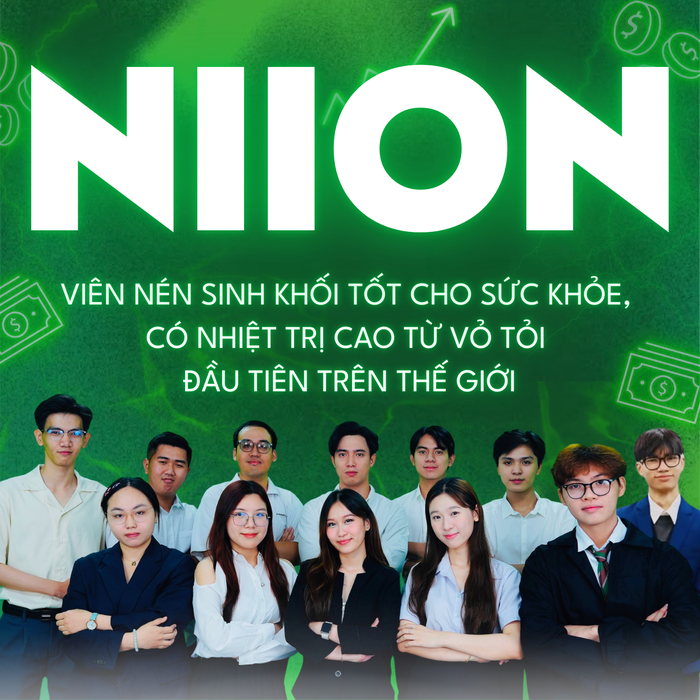
Group members - Photo: NVCC
To realize the idea, Dinh Van Nam sought out collaborators with expertise in chemistry and engineering to make the product. The group was given laboratory space by teachers from the University of Industry and Trade and the Ho Chi Minh City University of Technology during the research process. Initially, the group had difficulty finding a compound that could bind garlic peels and compress them into blocks. After a week of testing, the group discovered that soybean wax or beeswax could help bind garlic peels. When comparing, the members found that soybean wax was more suitable because it had a melting point of about 70-80 degrees Celsius, which did not alter the garlic peel. Meanwhile, beeswax is more expensive and has a melting point of up to 100 degrees Celsius, which could change the active ingredients in the garlic peel.
After creating the initial product, the team continued to perfect the production process. Garlic peels are collected from markets, agricultural processing factories or spice manufacturing companies, then cleaned, dried and mixed with soy wax in a certain ratio. In addition, essential oils can be added to create fragrance.
Natural tablets
The finished product includes carbonized biomass pellets, garlic peel fire starters, food charcoal from garlic and onion peels, and community health support products. Carbonized biomass pellets are made from garlic and onion peels with a production capacity of up to 2 tons per hour, providing a clean, high-efficiency energy source and reducing CO2 emissions by up to 80%. Garlic peel fire starters contain natural compounds such as allicin, ajoene, and diallyl disulfide, which effectively repel mosquitoes by up to 90% without harming human health and the environment.
"All of the group's products not only bring economic value but also contribute to environmental protection through the effective use of agricultural by-products and the application of advanced technology," said group leader Dinh Van Nam.
Biomass ash after combustion can be recycled as organic fertilizer, helping to improve soil structure, increase fertility and reduce erosion. At the same time, increase farmers' income through the purchase of agricultural by-products.
The student group's project can contribute to promoting a circular economy model by utilizing agricultural by-products, reducing resource waste, and encouraging responsible production and consumption. In addition, reducing emissions and using renewable energy contribute to combating climate change, demonstrating the project's commitment to climate action.
"NIION Tablet" won the runner-up prize at the STARTUP ZONE 2024 Competition - Ho Chi Minh City University of Economics. In the near future, the team will participate in the Startup with Kawai 2025 Competition - Foreign Trade University; Startup Wheel - the largest startup competition in Southeast Asia; I-STARTUP 2025 - National Economics University and a number of other startup competitions for students nationwide.
Source: https://phunuvietnam.vn/nhom-sinh-vien-o-tphcm-che-tao-vien-nen-sinh-khoi-tu-vo-toi-20250404113049959.htm




![[Photo] Prime Minister Pham Minh Chinh chairs meeting on science and technology development](https://vphoto.vietnam.vn/thumb/1200x675/vietnam/resource/IMAGE/2025/5/17/ae80dd74c384439789b12013c738a045)

![[Photo] National conference to disseminate and implement Resolution No. 66-NQ/TW and Resolution No. 68-NQ/TW of the Politburo](https://vphoto.vietnam.vn/thumb/1200x675/vietnam/resource/IMAGE/2025/5/18/adf666b9303a4213998b395b05234b6a)
![[Photo] More than 17,000 candidates participate in the 2025 SPT Competency Assessment Test of Hanoi National University of Education](https://vphoto.vietnam.vn/thumb/1200x675/vietnam/resource/IMAGE/2025/5/17/e538d9a1636c407cbb211b314e6303fd)
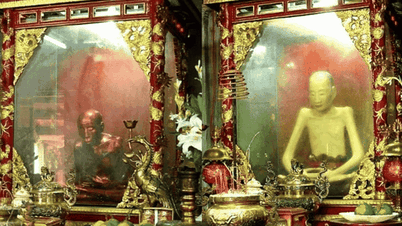

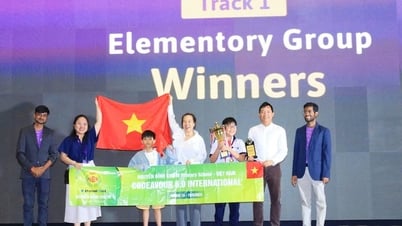

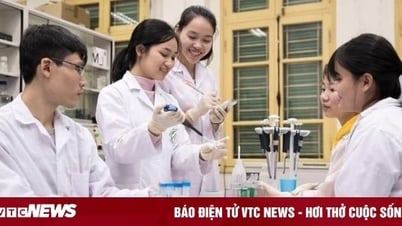

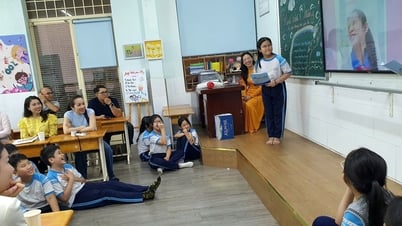

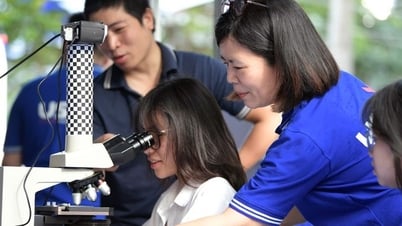







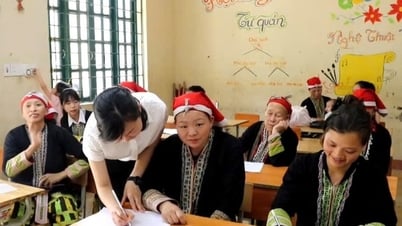




![[Photo] Readers line up to visit the photo exhibition and receive a special publication commemorating the 135th birthday of President Ho Chi Minh at Nhan Dan Newspaper](https://vphoto.vietnam.vn/thumb/1200x675/vietnam/resource/IMAGE/2025/5/17/85b3197fc6bd43e6a9ee4db15101005b)
















































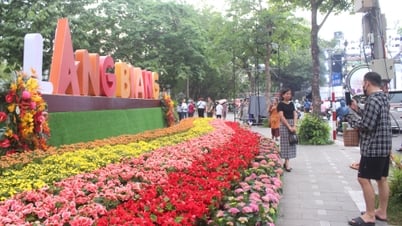

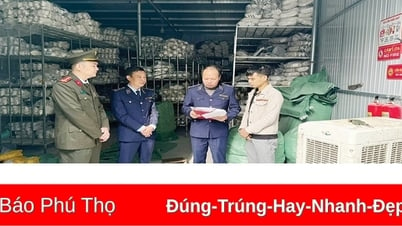



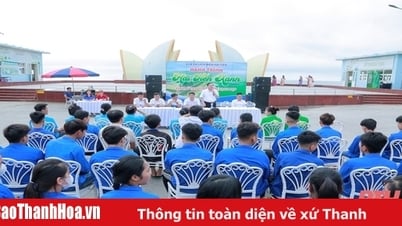











Comment (0)